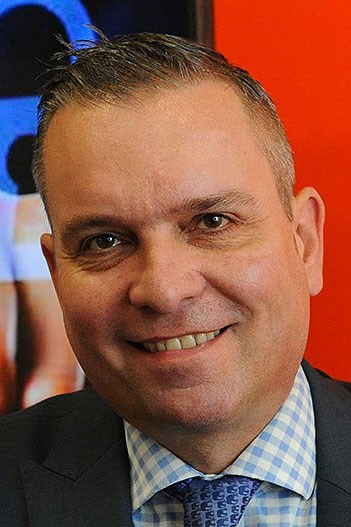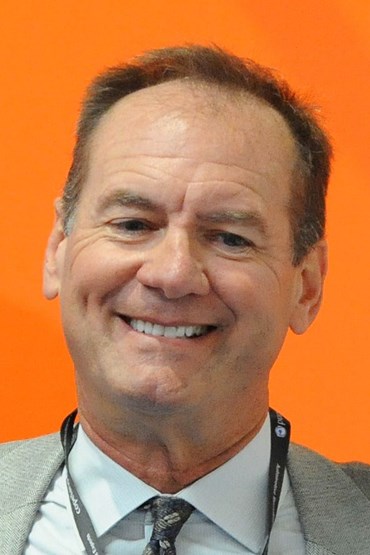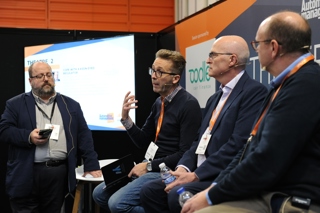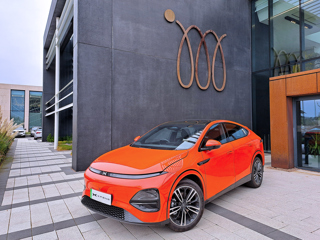Car dealers and customer reviews
 “The salesperson is absolutely core to customer satisfaction,” Neil Addley, the managing director of JudgeService, told delegates.
“The salesperson is absolutely core to customer satisfaction,” Neil Addley, the managing director of JudgeService, told delegates.
JudgeService works with 1,000 dealerships and has generated half-a-million customer surveys over six years. The results revealed that
“the customer’s experience of the salesperson is 10% more significant than the deal itself”.
The key drivers to high levels of customer satisfaction are the promise of response and the speed with which questions are handled. As one customer said: “Sales advisers should be able to make financial decisions, rather than leaving customers sat for an hour waiting on the price of a car.”
Addley suggested the key to unlocking customer loyalty was to empower the sales team with product training and offering test drives, alongside focusing on ‘lost sales’.
“45% of lost sales contacted by JudgeService’s Harrogate call centre are still in the market to buy,” he said.
He revealed ‘secret’ figures from Vertu Motors, which he said has seen customer satisfaction levels rise by 10%, and complaints reduce by 50% in four years working with JudgeService.
Dealers need to take Live Chat more seriously
 Everyone has become used to texting or messaging friends and colleagues on their mobile devices, and they expect to be able to do so with businesses too.
Everyone has become used to texting or messaging friends and colleagues on their mobile devices, and they expect to be able to do so with businesses too.
But Ed Parkinson, international sales development director at ContactAtOnce, believes many dealers do not take messaging seriously enough. On a visit to a dealership he saw a keen sales
executive poised by the window to get first sight of any buyers. Yet after his three-hour visit, Parkinson found 134 people had viewed the dealer’s website during that time.
The most successful dealers are present at the precise moment when a prospective customer wants them, he said. The path to buying something is comprised of numerous ‘micro-moments’, such as when someone needs a piece of information or views a car page, and messaging is a suitable
technology to deal with these micro-moments.
“Email has been broken since it was put on a website, because you take a customer with ‘right now’ intentions and disconnect them to re-engage later. We know that almost 30% of emails never get responded to.”
ContactAtOnce’s data shows two thirds of online chats occur outside business hours, mostly on mobile devices. “Do you have a digital strategy to connect, and reconnect, with consumers through mobile devices? The chances are you don’t.”
Instagram is growing fast among car buyers
 “Social media is becoming even more important, especially when owned by the manufacturer or dealers,” said Jeremy Evans, the managing director of Marketing Delivery.
“Social media is becoming even more important, especially when owned by the manufacturer or dealers,” said Jeremy Evans, the managing director of Marketing Delivery.
He reminded delegates of the social media platforms available and advised dealers on how to maximise their engagement.
“Instagram is increasing fast,” said Evans. “Top brands on the platform are seeing an engagement rate of 4.21%, which is 58 times higher than Facebook and 120 times higher than Twitter.”
He highlighted video’s rising popularity on social media, but told dealers to consider whether it is optimised for mobile usage.
He also reminded delegates that 85% of video footage is watched without sound, and that subtitles should be considered for higher levels of engagement.
Evans advised that digitally engaged customers display greater loyalty and that Facebook (and its connected networks) provide the biggest audience and the best tools.
“We recommend a blend of organic and paid-for content. Relevant paid-for advertising increases engagement with pages, which means a better organic reach.
“There are 70 million Facebook business pages, but only 60% of users will actually ‘like’ the page. Paid advertising is the only way to reach the additional 40%.
“The more you spend, the greater your exposure will be. It is the same with any type of advertising, but Facebook can target specific demographics.”
Maintain customer contact with video
 As consumers spend less time visiting showrooms and more time online, video is enabling dealers to maintain crucial contact with prospective customers.
As consumers spend less time visiting showrooms and more time online, video is enabling dealers to maintain crucial contact with prospective customers.
In a recent survey carried out by CitNow, 75% of consumers said they were more confident about making a purchase after seeing a video.
Alistair Horsburgh, CitNow’s chief executive, said: “Customers already want accurate data and digital media. Reserve and buy online is coming next and you will need a strong digital presence to support that.”
CitNow’s consumer research found 10% of buyers would be happy to purchase on the strength of the video alone.
“You can get yourself into a position where you can ask for an order or ask for a deposit a lot earlier,” Horsburgh said.
He advised delegates to think carefully when choosing a supplier for imagery, stating that many dealers are using legacy systems from 20 years ago.
Franchised dealers may need to adhere to manufacturer brand standards and photos may need to be uploaded to a number of sources in varied formats.
CitNow’s advice: Keep it simple.
“Make sure you have an easy-to-use solution that integrates with all the outlets you use and make sure performance is measurable,” said Horsburgh.
“If it’s not easy for the sales guy or the valeter to take images or video and upload them, it won’t work,” he added.
Search should be a priority for car dealer websites
 Prioritising the search methods used by customers to optimise the functionality of car dealer websites will be key to online success in 2018, Autoweb Design told attendees to its masterclass session.
Prioritising the search methods used by customers to optimise the functionality of car dealer websites will be key to online success in 2018, Autoweb Design told attendees to its masterclass session.
Martin Dew, head of operations at the website developer, highlighted the key areas on which car retailers need to focus to ensure their websites meet customers’ needs and channel leads into the business.
Following the rise of voice-activated devices such as Amazon Alexa and Google Home, Dew said voice now accounted for about 20% of online searches, but suggested that the key developments for car retailers lay in text-based software.
“For 2018, the big development is likely to come in chatbots,” he said. “The best out there will learn from conversations and soon be able to respond to customer queries and refer enquiries to the appropriate department. Call-handling companies should be looking over their shoulders.”
Car retailers looking to ensure their websites respond to voice search, however, were advised to incorporate question-and-answer-style sections to their site, mimicking the wording that consumers may use when speaking to devices.
Dew said sprinkling a website with key words was “not the best solution.”
In a change to the way websites are ranked online, Dew said Google would soon be rolling out its mobile-first index, with smartphone-optimised pages gaining greater online prominence.
Retailers should be 100% sure that their sites are ready for the switch-over, which is likely to happen later this year, he said.
However, key barometers of a website’s success must be monitored in other ways too.
“Speed is becoming a greater factor in a website’s success and is something that you must keep an eye on,” said Dew, who advised that many of the most accurate and useful tests of website performance can now be carried out via free online assets.
Autoweb Design not only employs A-B testing to ensure that its clients’ website updates perform well – running two sites with and without an update for a period to compare the success of each – but also uses “heat mapping”, Dew said.
The method allows developers to see which part of a web page attracts the most attention, through tracking of cursor movements.
Dew said: “The amount of analysis that can be done now is pretty amazing. Most tools and data can be accessed for free online, but you still need to be able to interpret your findings correctly.”
















Login to comment
Comments
No comments have been made yet.